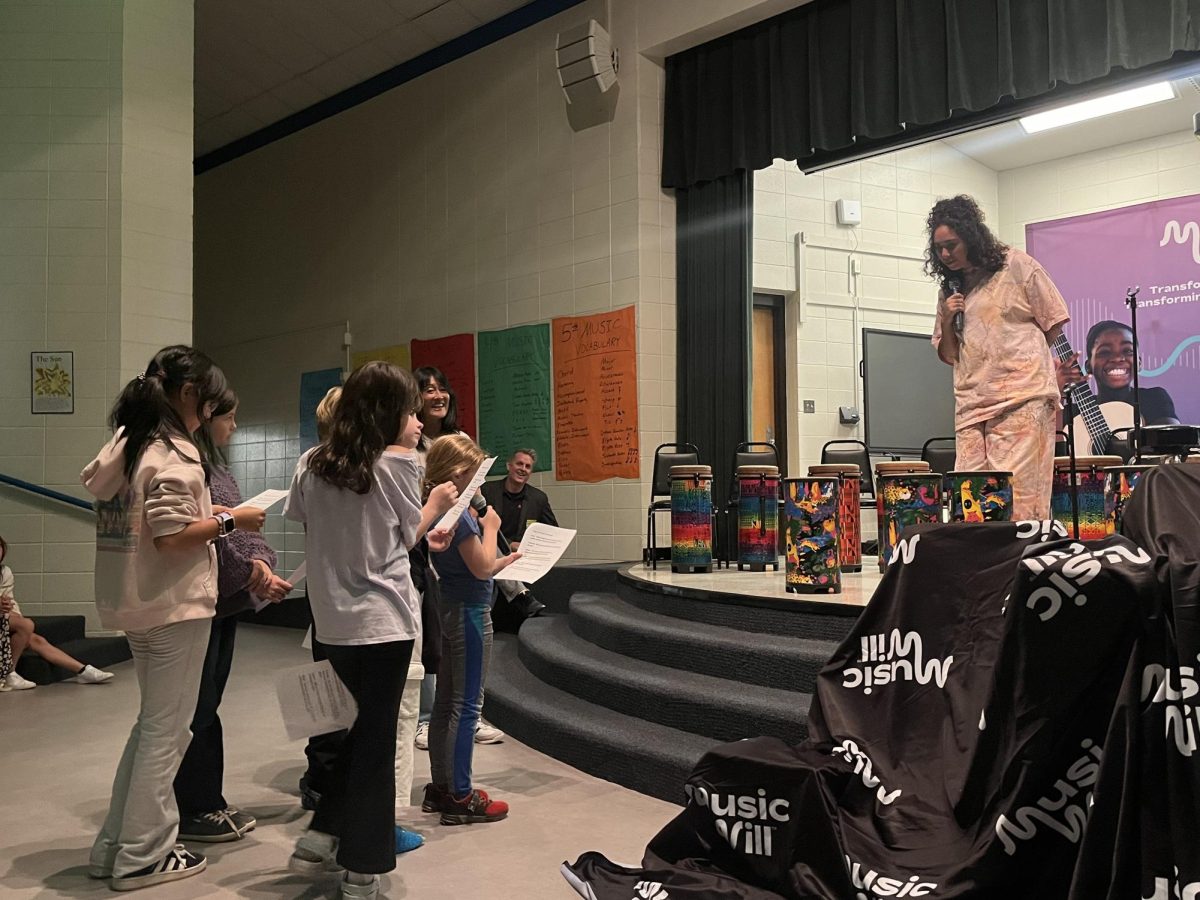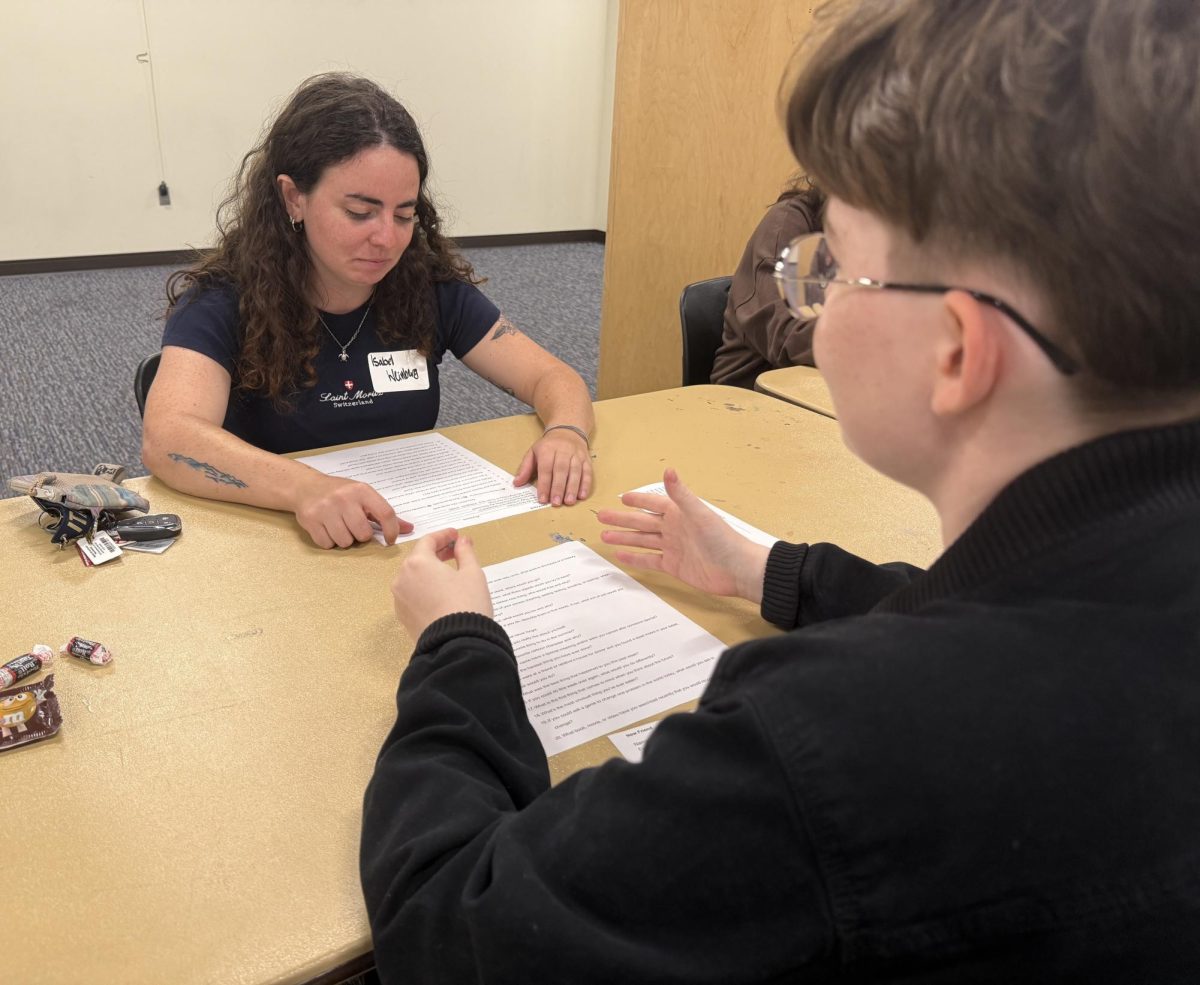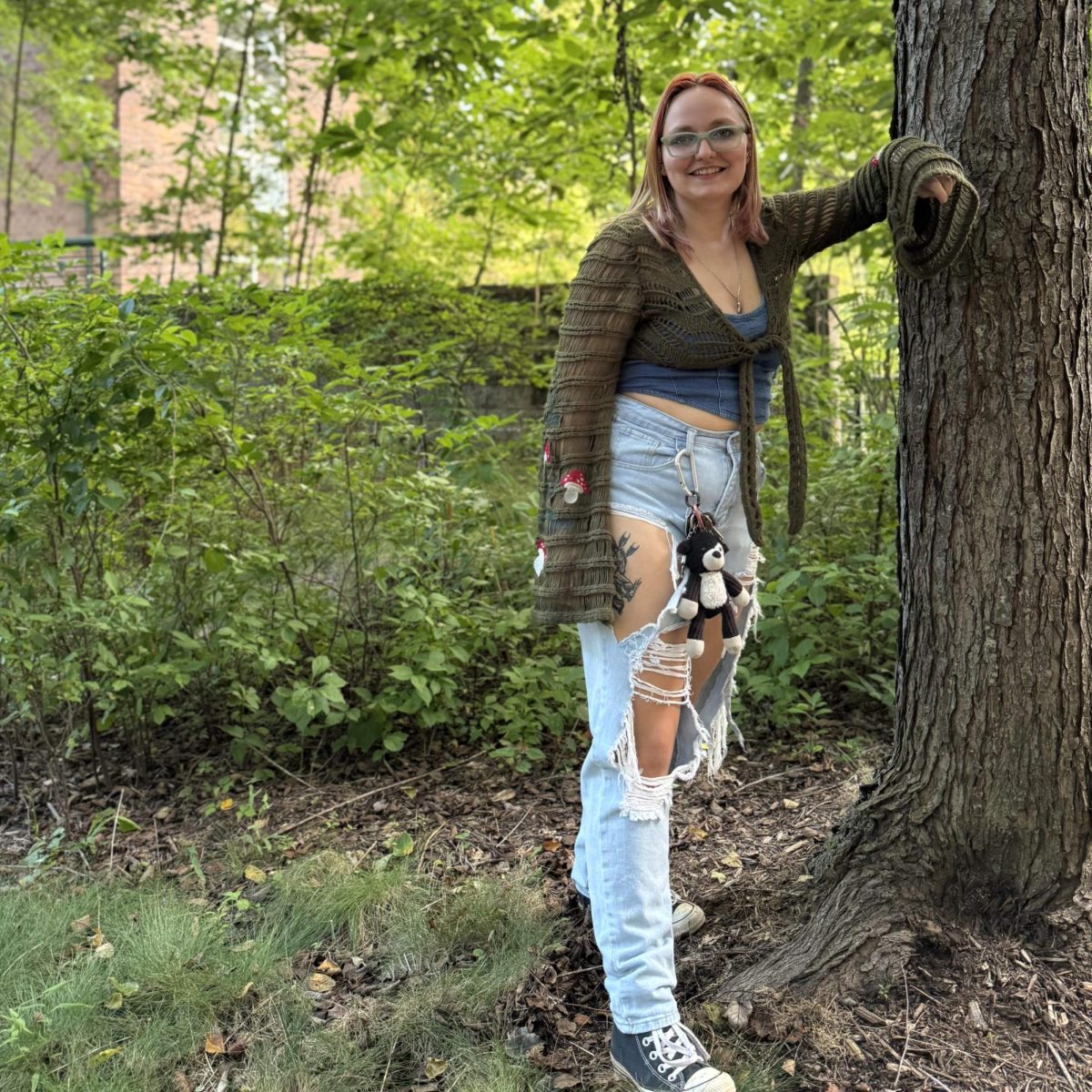The Asheville art market represents both a creative centerpiece as well as booming industry, according to local gallery owner Robert Nicholas.
“Everybody applies here. They have to fill out an application and we get dozens a week. I mean it’s just non-stop,” Nicholas said.
Nicholas is the owner of Marquee located in the Asheville River Arts District. The gallery features over 300 different artists, according to Nicholas. Marquee also works with different organizations within the community such as local high school students, he said.
With the large turnout of potential artists, the business can be selective, according to the owner. The limited space and competitive market complicate the screening process for future vendors, Nicholas said.
“Not everyone who applies has the opportunity to be here. So we try to curate with the best of the best in the area,” Nicholas said.
The Marquee houses a majority of local artists, but others reside in neighboring towns, or more regional locations such as Charlotte, Nicholas said.
Starting as a lighting artist and antique dealer, Nicholas said he was in search of a location to gain inspiration within his community. He then formed Marquee which has grown into a large hub for local artwork, Nicholas said.
“I kept thinking I want to expand, I want to be around other artists on a regular basis, I want to build a synergy of a place, which is how marquee came into existence,” Nicholas said.
There is importance to a brick and mortar location when it comes to artistic monetization, According to the owner. He said online platforms such as Etsy dominate the current art market, based on a low sense of risk.
A central location provides a sense of community among artists in the local scene, and encourages vendors to venture into the art market, Nicholas said.
Art published commercially represents creative meaning as well as supporting a family, according to Asheville Salas.
Local artist Edwin Salas has art in several different retail and gallery spaces throughout the area, including Marquee. The artist said his success relies on a constant workflow.
Art published commercially represents creative meaning as well as supporting a family, according to Asheville Salas.
“What happens when I bring photos of glasses with soda and don’t sell any?
Do you think I will repeat this? Even if it’s all my feelings inside and all my culture and whatever, whatever, whatever. No. why? Because I have a son,” Salas said.
Monetizing his art changed his expression for the work he releases publicly. Considering marketability directly influences his brand, Salas said.
According to the artist, it’s important to form a market, but creativity equally drives production. The process remains fun and inspiring outside of financial gain, Salas said.
“You don’t completely make something commercial, you have something of you in there,” Salas said.
Asheville is the perfect place to release this art according to Salas. He said the area allows for more freedom in his work, as well as a market to advertise to.
He said compared to other areas, his art has more appeal. His brand of dark humor and important social topics thrive in the local and tourism scenes, he said.
“It’s a cultural Island,” Salas said.
University of North Carolina Asheville associate professor Eric Tomberlin said he has a different approach to balancing finances and creative freedom.
While employed through the university, Tomberlin Teaches photography courses to future art-minded students.
Covering his needs with a teaching career ensures financial necessities are addressed while still working as an artist independently, according to the professor.
Without this balance, Tomberlin said Commercial work would be the most viable option. Lack of benefits, stability, and available work can be hard to manage otherwise, Tomberlin said.
“Had I not been able to do so much “work for hire” and had to rely on selling my art, I probably would have compromised what I do in order to make it more commercially viable,” Tomberlin said.
The size of Asheville, according to Tomberlin, displays a lack of commercial options for photographers compared to larger cities, such as New York. Despite this, Asheville still has a very supportive and diverse art scene, he said.
Being able to maintain work locally and outsource work that is meaningful protects projects that carry importance and handle critical issues, according to Tomberlin.
“I would say my work is my way of giving back. My way of trying to make the world a better place. So the projects I design for myself try to fulfill those goals,” Tomberlin said.























